Tire Size 315/70r17 vs 35×12.50r17
The main difference between 315/70R17 and 35×12.50R17 tires is their diameter. The 35×12.50R17 tires are 0.67 inches (16.92 mm) larger in diameter than 315/70R17 tires.
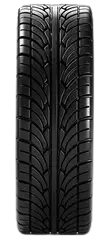

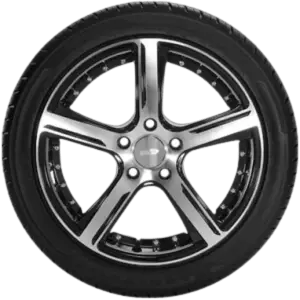





| / | R |

| / | R |
| Parameter | 235/35 R18 | 205/40 R18 | Differ. |
|---|---|---|---|
| Tire Height | |||
| Section Width | |||
| Circumference | |||
| Sidewall Height | |||
| Revolutions | |||
| Rim Size |
Fitment Guide
Replacement tires should be within 3% diameter difference to avoid fitment issues or the need for modifications.
The 35×12.50r17 is 1.9% larger in overall diameter than the 315/70r17, so it may fit without issues. However, the slightly larger size of some vehicles could cause rubbing or require slight modifications.
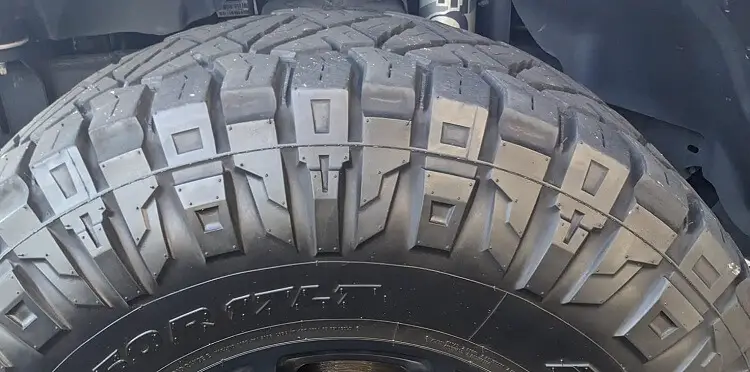
Ground Clearance
With a diameter 0.67 inches larger, the 35×12.50r17 provides a bit more ground clearance than the 315/70r17.
This can help prevent bottoming out over obstacles and improve off-road capability. However, the larger diameter also causes a 1.9% lower speedometer reading.
Gas Mileage
The marginally wider 35×12.50r17 has slightly more rolling resistance, which may hurt fuel economy compared somewhat to the 315/70r17.
But other factors like tread pattern have a larger impact, so the difference should be modest.
Ride Comfort
The 35×12.50r17’s taller sidewall provides better absorption of impacts from bumps and cracks.
This can contribute to a smoother, more comfortable ride over uneven pavement. The lower-profile 315/70r17 transmits more road shock into the cabin.
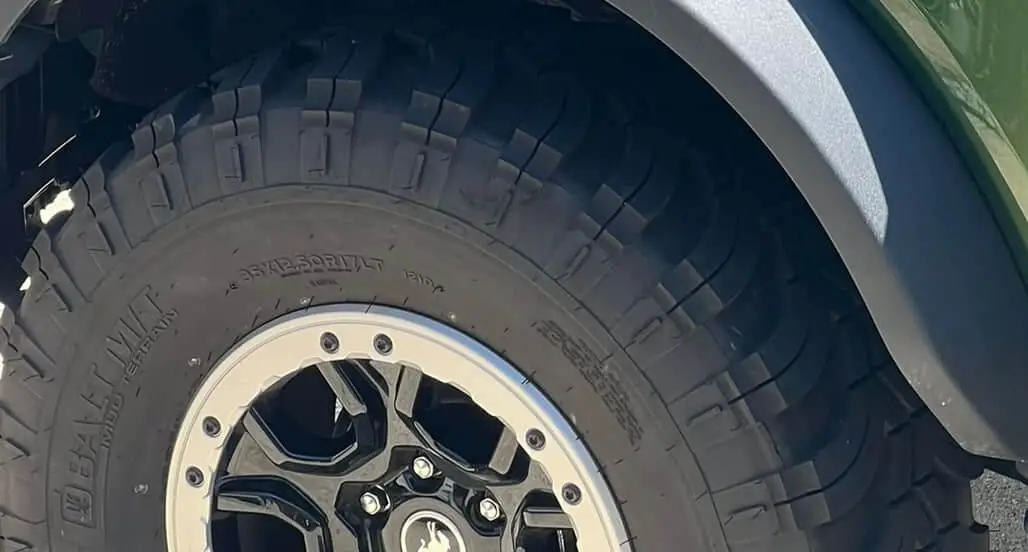
Aesthetics
Visually, the 35×12.50r17 will have a slightly taller sidewall, giving it a more aggressive, off-road look than the 315/70r17. Larger tires tend to suit trucks and SUVs better aesthetically.
Handling & Stability
The 315/70r17’s shorter sidewall enables slightly quicker steering response and cornering agility. But both sizes deliver responsive, stable handling for their intended use. Off-road, the 35×12.50r17’s added traction aids stability.
Noise & Vibration
The 35×12.50r17’s extra air volume and sidewall flex help absorb noise and vibrations, contributing to a smoother, quieter ride. The 315/70r17 transmits more harshness from the road into the cabin.
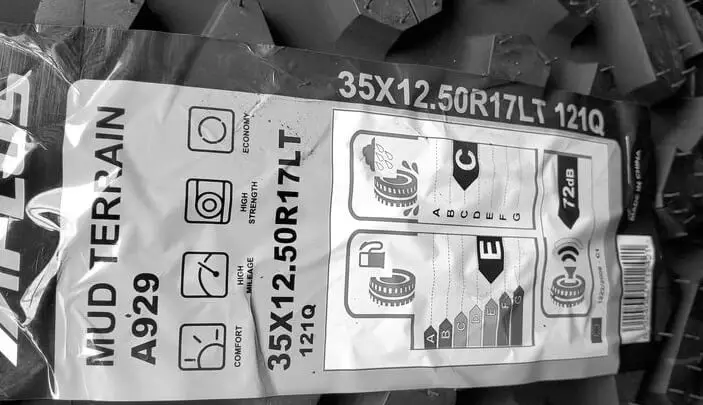
Durability & Wear
The 35×12.50r17 may exhibit more tread wear with a larger contact patch, mainly on paved roads. However, deeper tread depth and construction have a larger impact on durability. Both sizes should deliver long tread life if maintained properly.
Adverse Conditions
The added ground clearance of the 35×12.50r17 provides an advantage in deep snow or over obstacles and loose terrain. But the narrower 315/70r17 may cut through fresh snow a bit better. Both perform well in adverse conditions.
Speedometer Difference
At an actual speed of 20 mph, the 315/70r17 indicates 20 mph on the speedometer. But the larger 35×12.50r17 reads 20.39 mph at that same actual speed due to its larger diameter. This 1.9% speedometer difference is modest but should be accounted for.
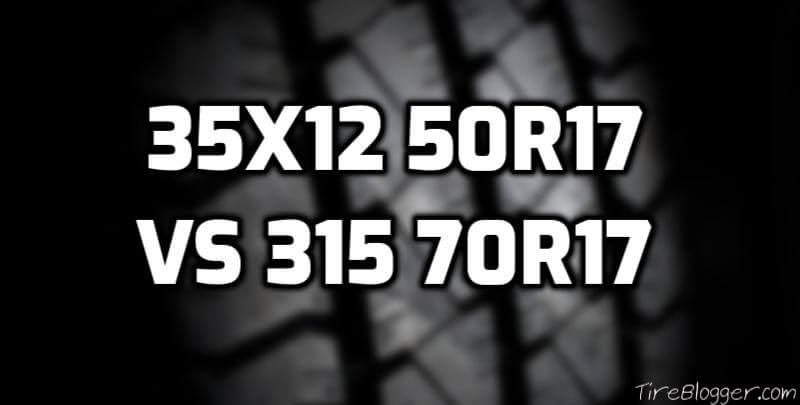
What Does 35×12 50r17 Tire Mean?
The 35×12 50r17 tire size is also known for its stability and traction, making it a good choice for those who want to take their vehicle off-road.
The first number, 35, means that the diameter of this size is 35 inches. The second number is 12.50, indicating that this tire’s section width is 12.5 inches.
The letter on the tire size R means it is a radial tire. The last number, 17, stands for the diameter of the wheel in inches that this tire can be used on.
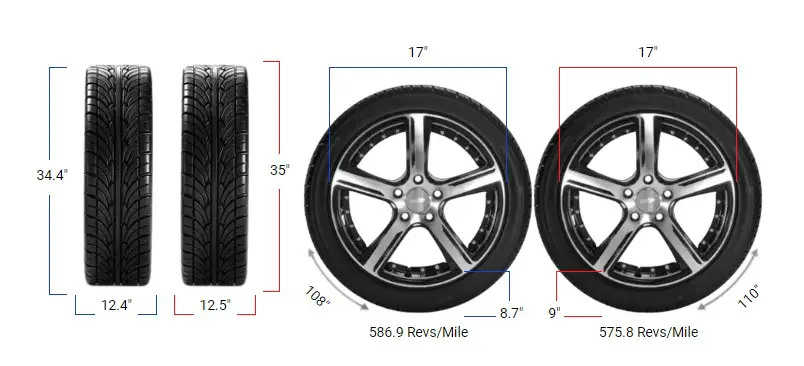
Our Observation
Ultimately, the differences between 315/70r17 and 35×12.50r17 tire sizes are modest. Both deliver capable performance for most drivers’ needs. The 35×12.50r17 excels slightly in off-road scenarios thanks to added clearance and traction.
The 315/70r17 is a bit more responsive for spirited driving. But prudent maintenance and inspection, along with smooth driving technique, extend any tire’s lifespan and capabilities, minimizing the impact of small-size variances.
Consider how you use your vehicle, then select the size that best fits your priorities. With proper care, either can serve you well.

Meet Caitlin McCormack, a Tire Size Expert and Blogger Passionate About Everything Related to Tires. With Years of Experience in the Tire Industry, Caitlin Has Become an Expert in Tire Sizes and Their Impact on Vehicle Performance.

I appreciate all the information you provided me, it was very good to make a decision when buying the tires.